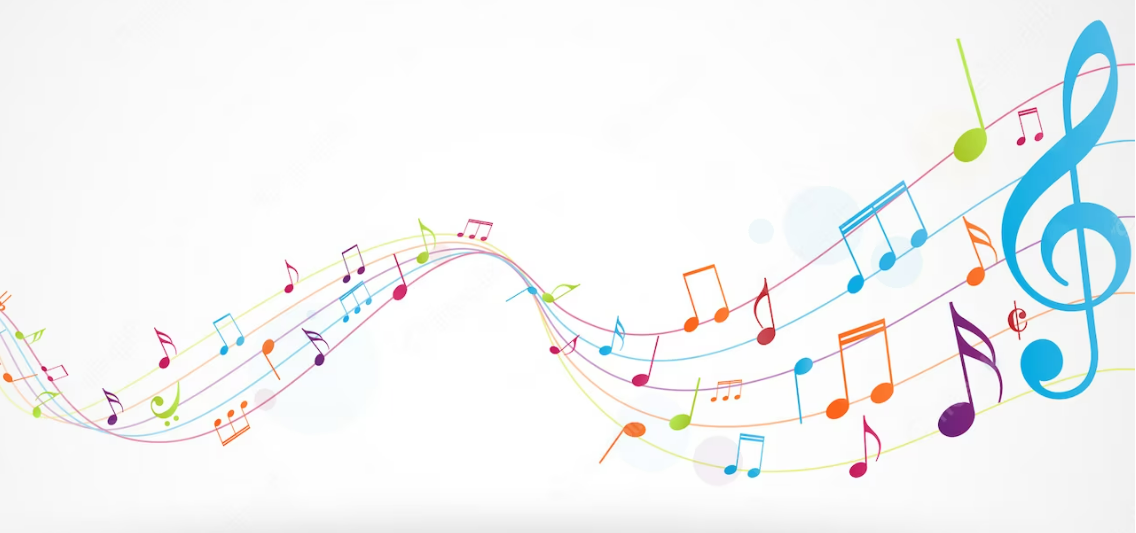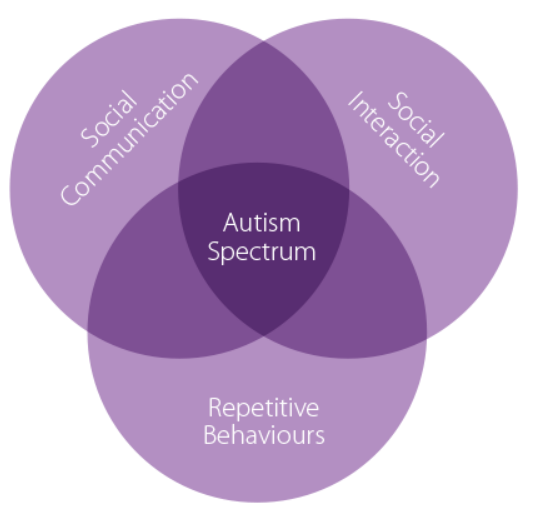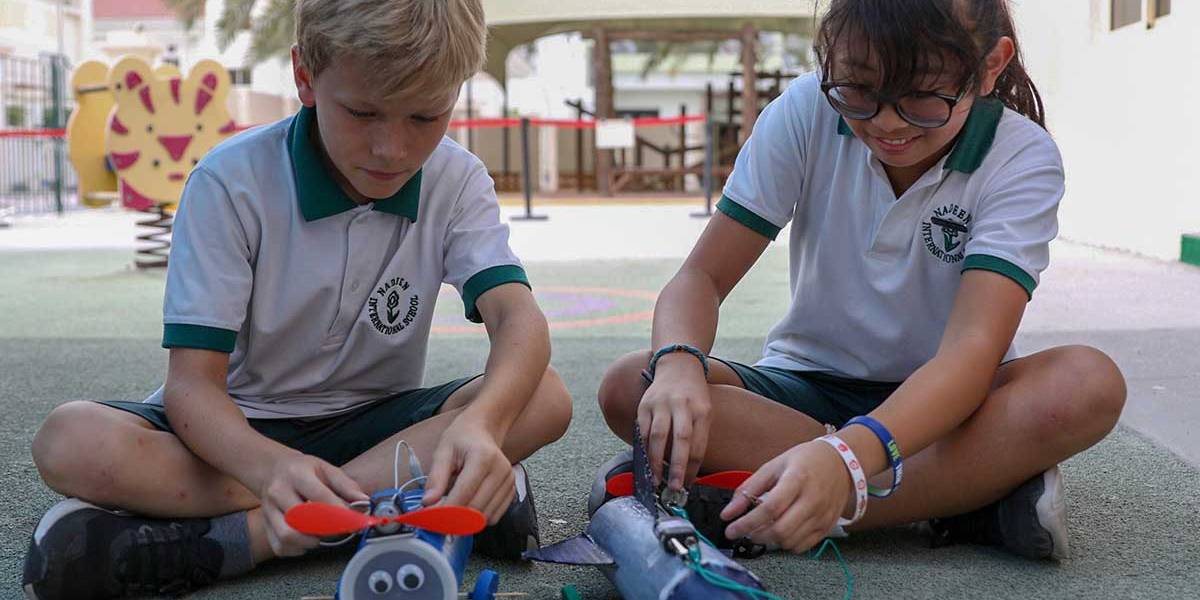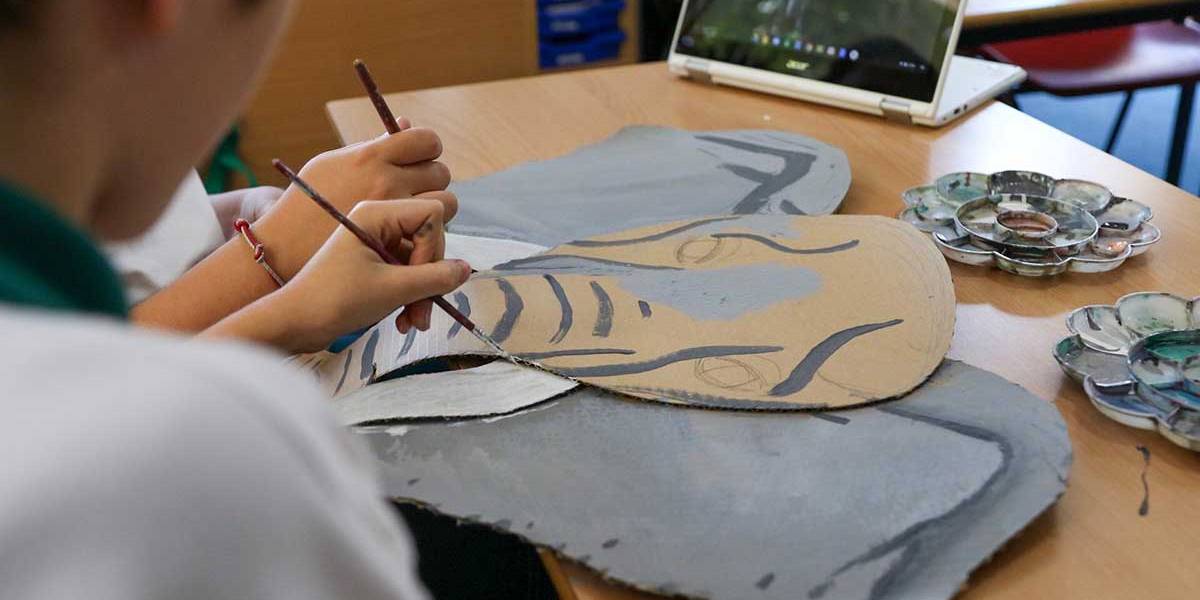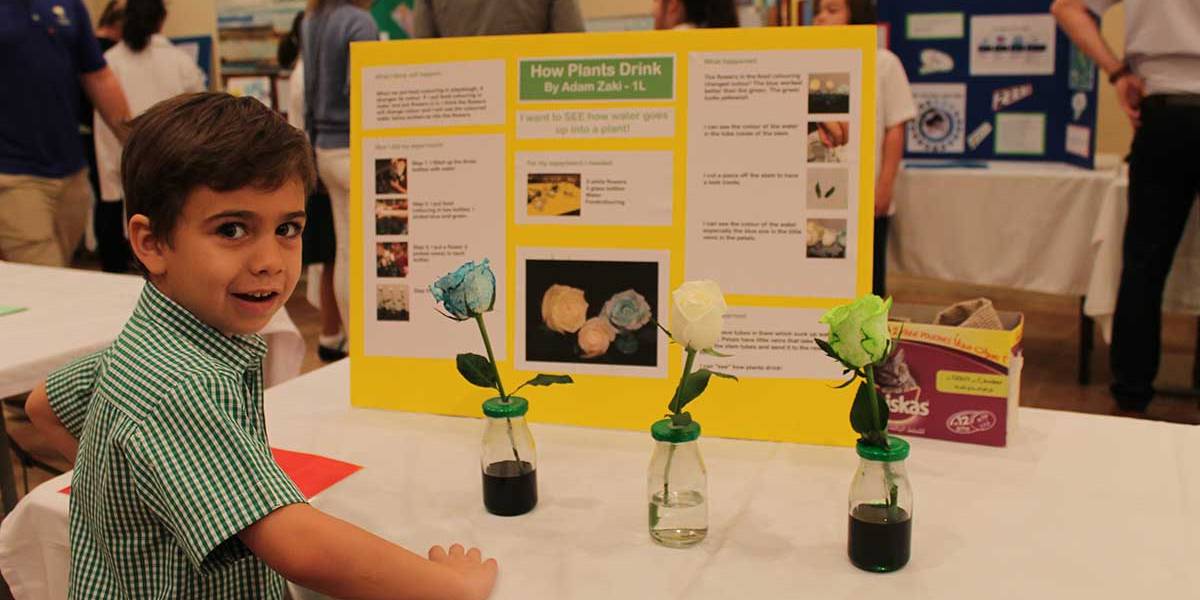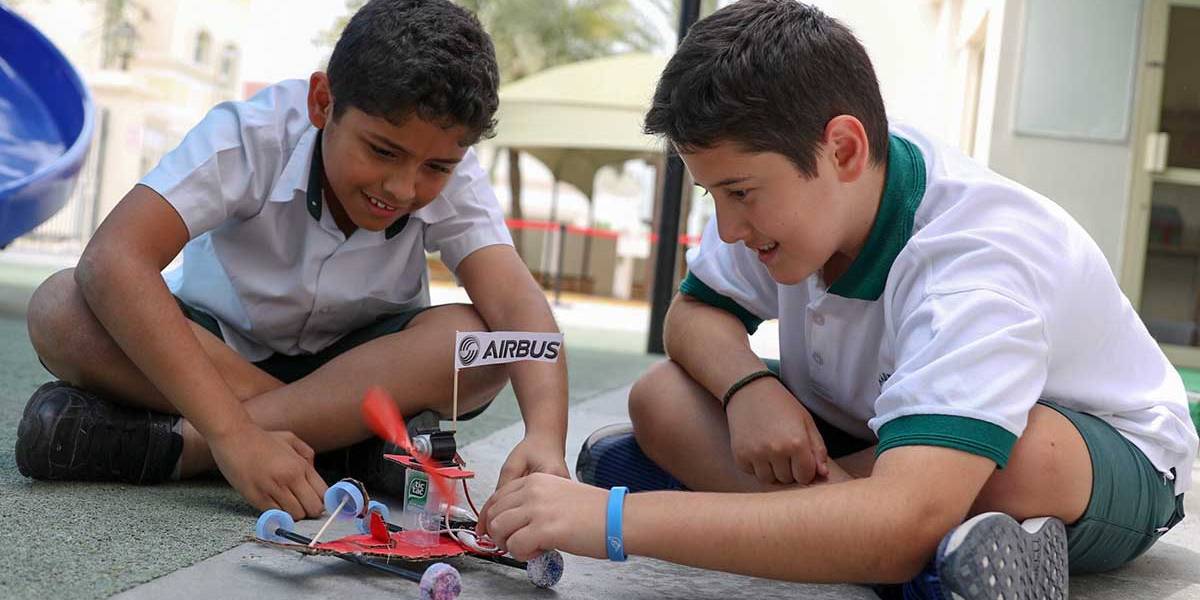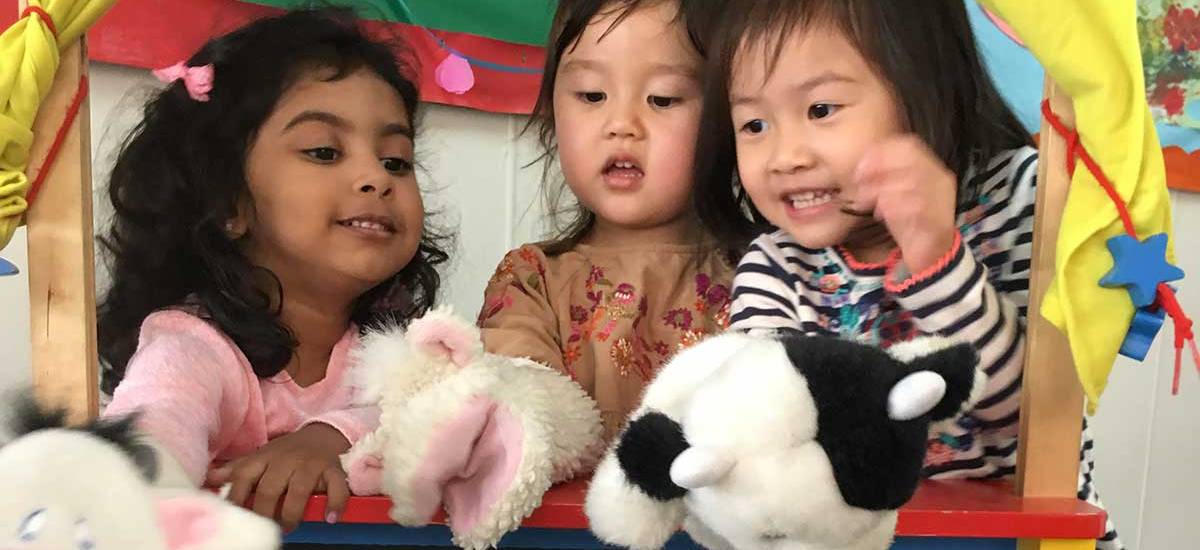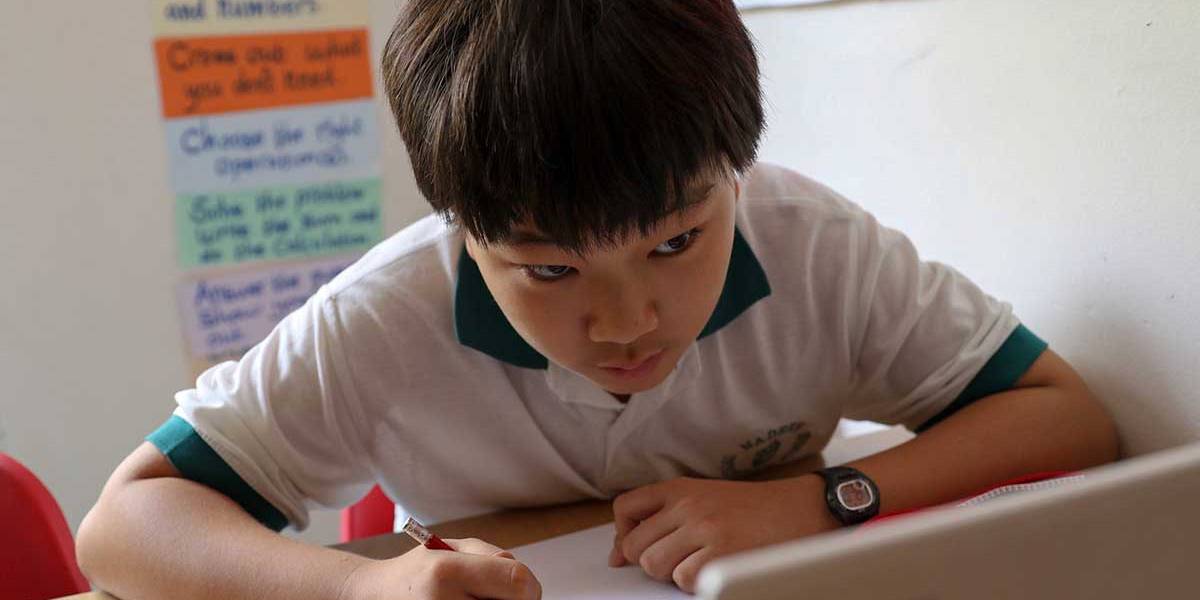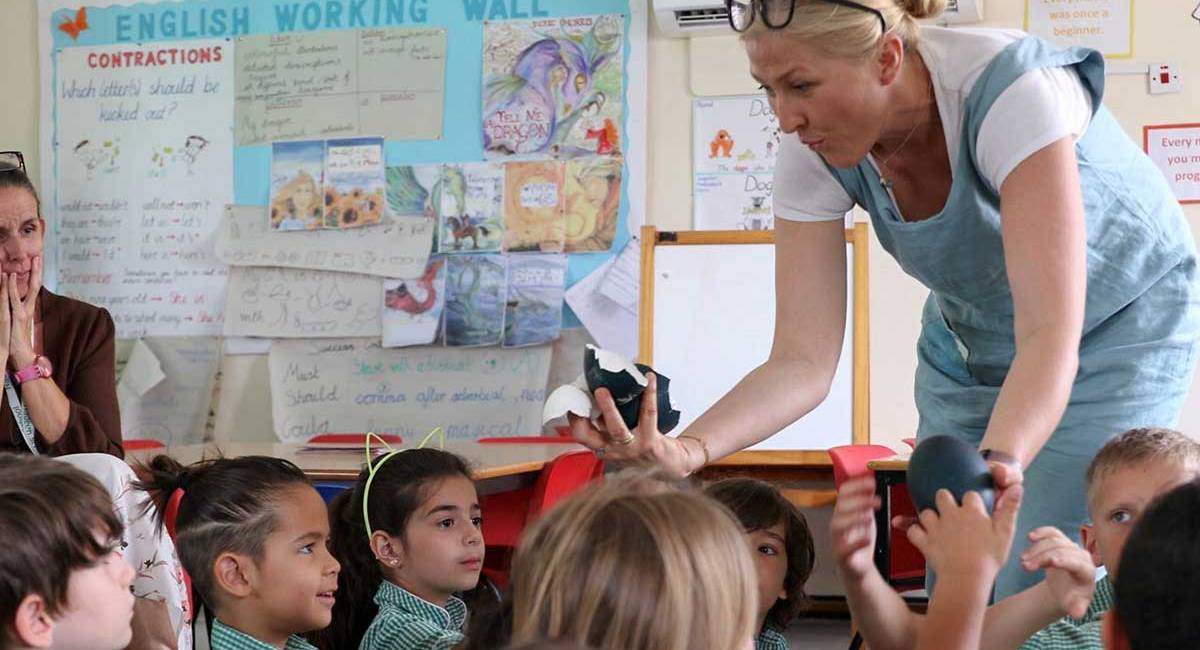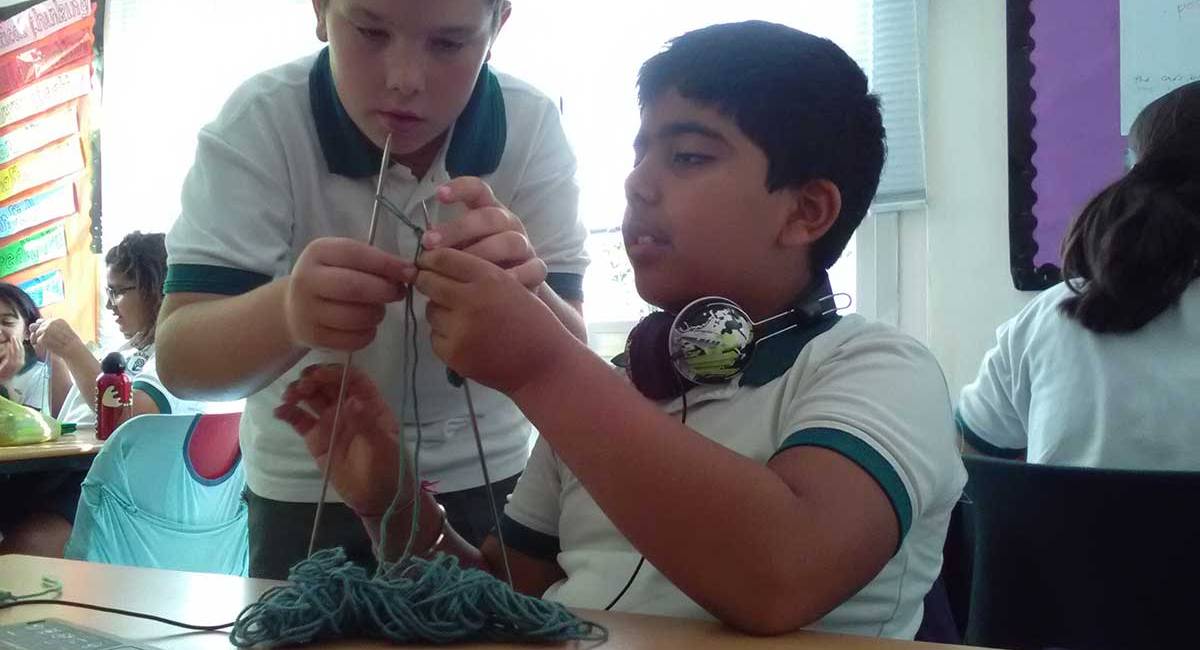How Can Music Benefit Children on the Autistic Spectrum? by Tom Matthias
The Characteristics of Autism
Children on the autistic spectrum may suffer from some or all of the characteristics from the ‘Triad of Impairments’. These can include:
- Impairments in social interaction
- Impairments in communication and language development
- Presence of repetitive, restricted, and/or stereotypical behaviour (Kern, 2013)
Consequently, for most of these children, simply integrating them into a standard music lesson could amount to failing. Therefore, a different musical approach may be more beneficial.
Education in or Through Music?
The activities completed in a standard music lesson (appraising, composing and performing) are usually undertaken for their intrinsic musical value (music in education). However, during the early stages of an autistic child’s development, this approach may be inaccessible as they may find it difficult to interact and communicate with other children in order to participate fully in these activities. It is through a more therapeutic approach where music is used to develop vital life skills (education through music) where music can have a greater impact on these children (Ockelford, 2008).
The Purpose of this Article
The purpose of this poster is to focus on each of the ‘Triad of Impairments’ in turn and to identify how music can be used to support children with these impairments in order to develop beneficial life skills and coping strategies.
- Impairments in Social Interaction
Children on the autistic spectrum often find it difficult to understand typical social behaviour, making it difficult to interact with other children or adults. This can lead to high levels of stress and culminate in challenging behaviours (Jaquiss and Paterson, 2005).
Case Study
Short music therapy sessions were provided for children under the supervision of a group of teaching assistants and a music specialist. The free flowing structure to the first part of the session, which allowed the children to experiment with sound using simple untuned percussion instruments, created a safe environment for the children to express themselves. Playing as a group allowed the children to listen to each other and react to one another, developing a number of social interaction skills including taking turns, sharing and teamwork. The second part of the session concentrated more on the children taking control of their emotions. This involved lying the children down on pillows and allowing them to close their eyes and relax to soft piano music in the background. The adults also waved coloured scarves on top of each child in time with the music, making the music a multi-sensory experience, a practice endorsed by Jaquiss and Paterson (2005).
- Impairment in Communication and Language Development
Children on the autistic spectrum may find it difficult to communicate with others, often taking longer to learn to speak compared to other children (Jaquiss and Paterson, 2005).
Case Study
During the earlier stages of an autistic child’s development, they will likely require a little more support and persuasion to vocalise and communicate with others. Through my observation of a music therapist, I have seen a number of extremely effective ways music can be employed to support this:
- The child may decide to imitate the sound of the instrument they or the adult is playing.
- Silence can be used to try and encourage the child to ask for the adult to carry on playing.
- Simple, familiar songs can be used to try and encourage children to sing along.
‘Music or sound can trigger off a verbal or vocal response which may be the beginning of speech. It indicates a desire to communicate (Warwick, 1992).
- Presence of Repetitive, Restricted, and/or Stereotypical Behaviours
Children on the autistic spectrum find it difficult to think and behave flexibly, resulting in restricted, obsessive and repetitive behaviour (Jaquiss and Paterson, 2005).
Case Study
During my observations of a music therapy session, Although I noticed that some children tended to be a little possessive over a certain instrument, it was fairly easy for the teacher to draw their interest to another instrument for them to experiment with. Due to the free flowing nature of the session and the amount of choice that was given to the children, most of them were quite flexible and sometimes self-reliant when choosing their instruments during the session.
Conclusion
Through my observation of seeing children on the autistic spectrum thrive through the use of music therapy. The goal of using music for these children is to develop their social skills rather than to develop their musicianship. Therefore, using simple music and musical instruments can be just as effective as high quality instruments or ‘real’ music. Finally, it can be accessed and enjoyed by children even without a basic understanding of music.

